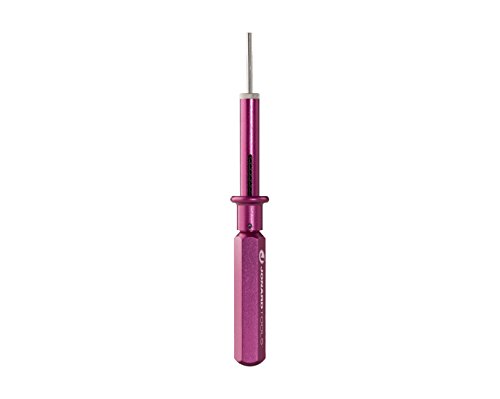Deano my thoughts were towards cheapness and the fact this will not be an ongoing process once done the job is finished until the OP collects enough crucibles to make it worthwhile to run again so I was trying to find cheap and easy ways for him to process his material without spending large amounts of money.
If you are going to mill and separate the concentrates down to metallic prills then it makes more sense to use acids, it's quicker and more efficient as it will dissolve everything regardless of size which cyanide will struggle to do.
If you are going to mill and separate the concentrates down to metallic prills then it makes more sense to use acids, it's quicker and more efficient as it will dissolve everything regardless of size which cyanide will struggle to do.





![WP_20161013_06_55_34_Pro[1].jpg](https://cdn.imagearchive.com/goldrefiningforum/data/attachments/23/23616-989a6b3de9e248115c7d44b14e08cd96.jpg)












































